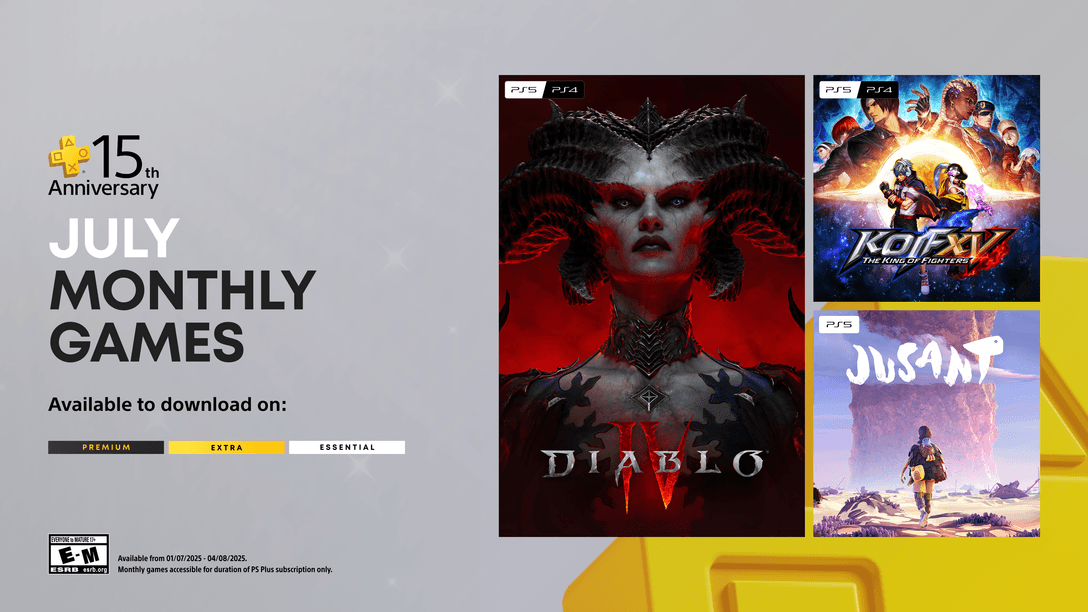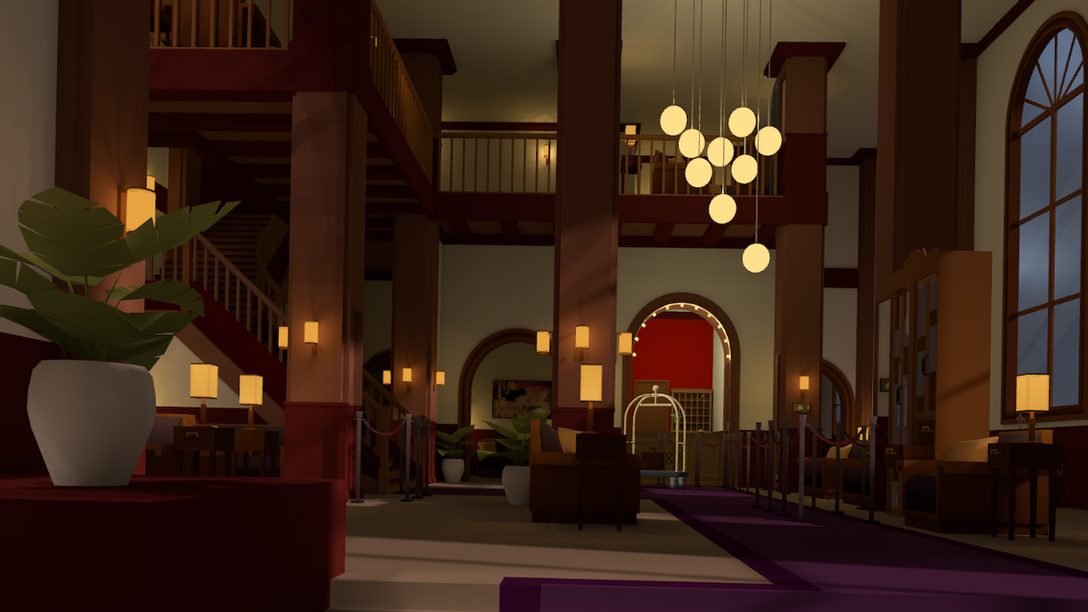We first heard of Sony’s 3D plans when our producer, Phil Gaskell, asked us to think about a stereoscopic 3D version of our PSN hit Super Stardust HD (SSHD) in summer 2009.
Our first reaction was that it sounded interesting, but we were doubtful whether 3D would ever work or be even possible to do for SSHD for a couple of main reasons. The first one was that we were really concerned over whether we would be able to develop a proper 3D version of the game without compromising full 60 frames per second gameplay.
Also, we hadn’t personally seen proper 3D images in action and the premier of Avatar was half a year away. So, we got to work and thought about how on earth we are going to be able to render TWICE the amount of stuff than before as now we basically needed to get the refresh rate from 60fps to 120fps to produce stereoscopic pictures.
For the more technologically inclined people reading this blog, here’s some insight on what we had to do.
We had been working on our next version of our game engine for over a year and replaced the core engine with a newer one. As the engine is highly modular it was mainly a matter of adding stereoscopic cameras and configuring the engine to render everything twice. That was, of course, just the beginning: after that we had to optimize a lot, as we now had 8.3ms instead of 16.7ms to render a frame.
Luckily, we had 50 per cent of the SPU power left, so we tapped into that.
The main challenge of making stereoscopic SSHD was mainly drawcalls and
polygons – we have lots of objects with lots of polygons and massive particle effects. We solved the issue by moving vertex processing from GPU to SPU and merging as many objects as possible to one drawcall. Previously, every asteroid chunk and every enemy was in a separate drawcall; in the stereo version they go out in a few fell swoops.
We had the first 3D version of SSHD running in autumn 2009. We didn’t have a proper 3D television at that time and we had to use paper anaglyph red-and-green (or cyan to be exact) glasses to see the 3D image on our monitors. The images we could produce didn’t even have proper color in them, but it was still really impressive.
Even though we didn’t have a final 3D Bravia television during that time, we were able to produce a much talked version of the game for the CES 2010. When we finally got the final Sony Bravia 3D TV with active shutter glasses to our offices early in 2010, we were blown away. When playing our game, things were literally seen in a new dimension. This was REALLY cool stuff!
3D certainly has a bright future ahead and we are happy that we had a chance to develop the first 3D PS3 game that runs 720p resolution in 60fps for both eyes, meaning that we are actually having 3D SSHD running in 120fps! The improvements we did for our engine are also benefiting the gamers of 2D version as well. To summarize, the 3D version includes:
- 3D mode of the game running 720p at 120fps (60fps per eye)
- 2D mode of split screen co-op mode updated from 30fps to 60fps
- 4x antialiasing support in 720p and native 1920x1080p support in 2D mode
The 3D update is free to all existing SSHD gamers enhancing also the 2D mode, so don’t forget to update your game even though you haven’t got your 3D television (yet)!












Join the Conversation
Add a CommentBut don't be a jerk!
34 Comments
Loading More Comments